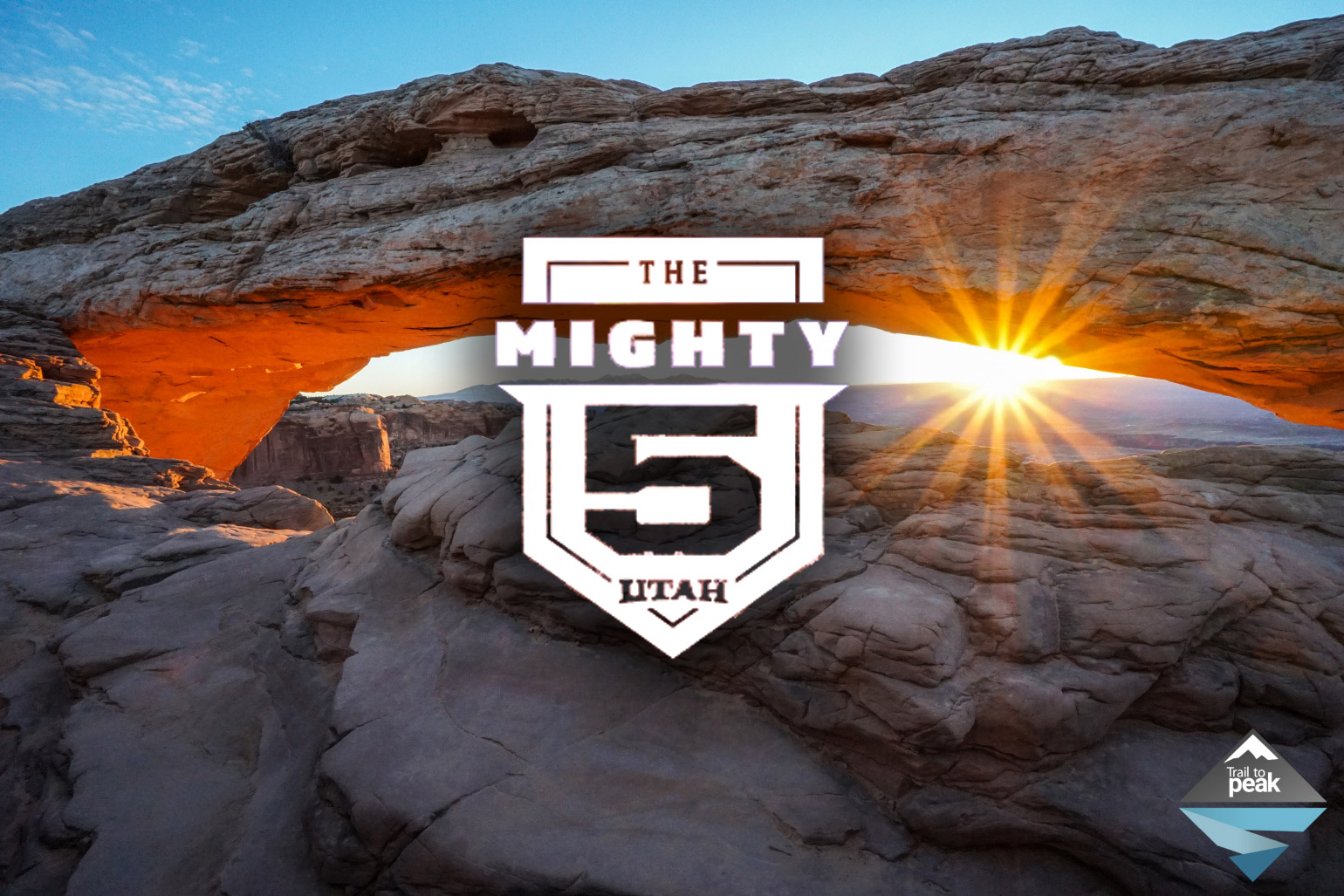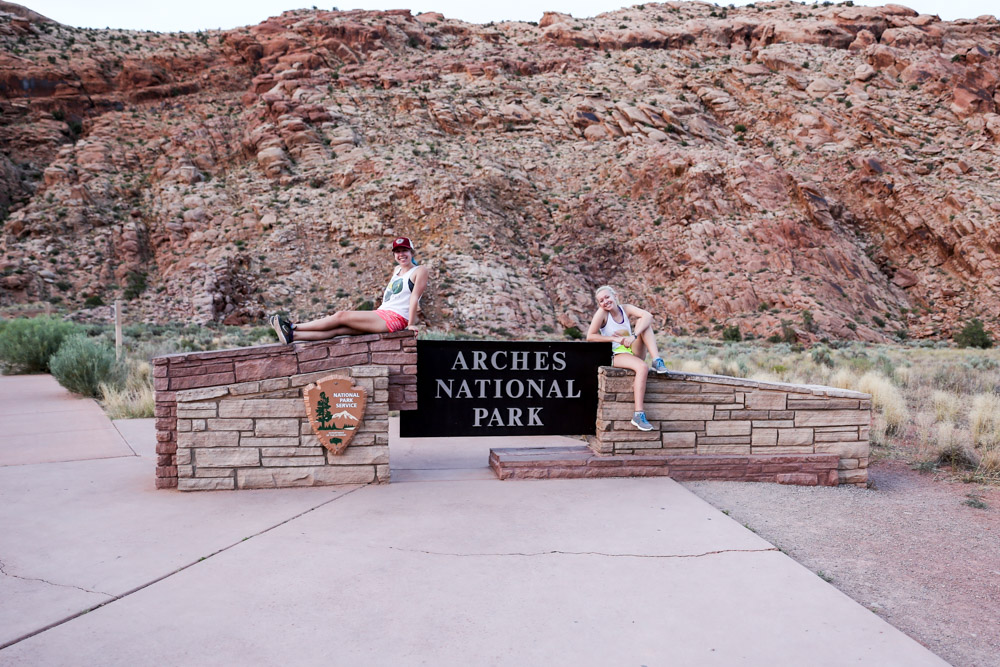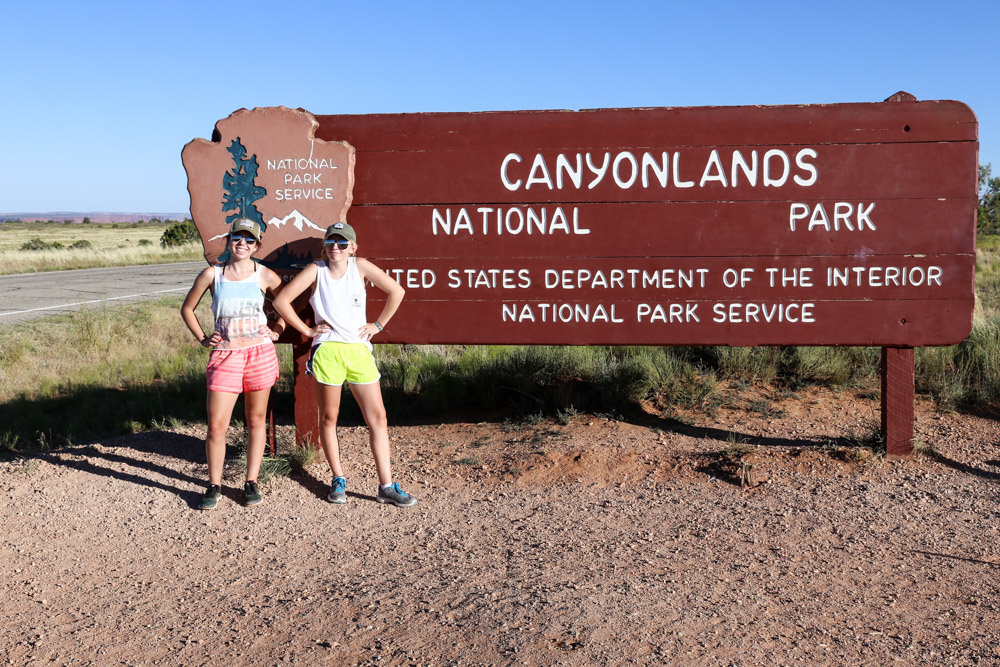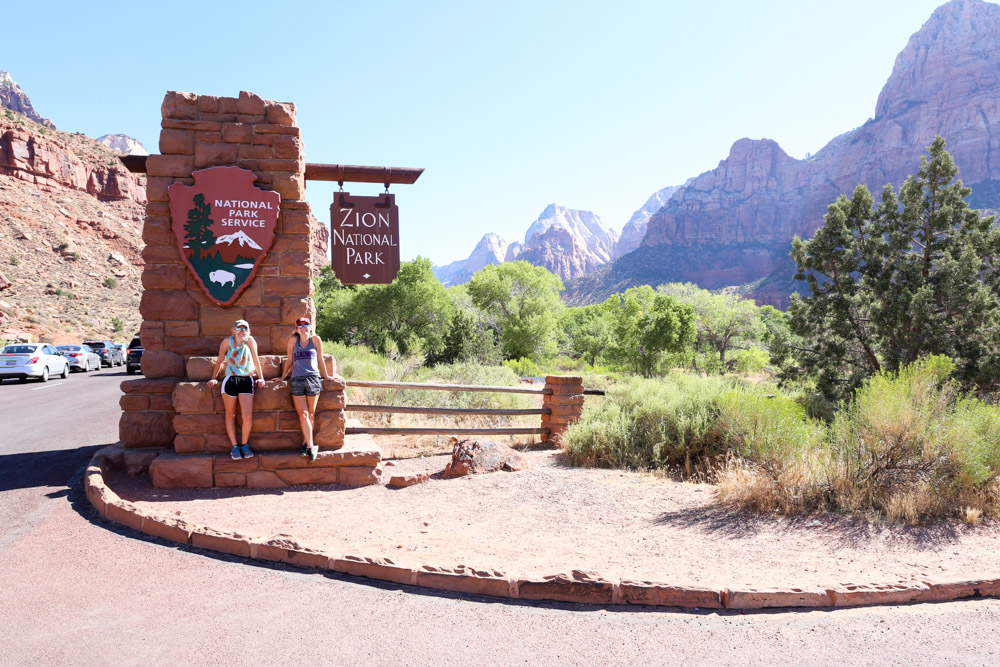The Mighty Five National Parks in Utah
In the summer of 2016, I went on a roadtrip through the Mighty Five national parks in Utah with my parents and my friend Gabi (pictured at every entrance sign). Over 8 days, we drove through Arches, Canyonlands, Capitol Reef, Bryce Canyon, and Zion, seeing some of the most beautiful scenery I had ever seen.

Arches
Arches Natl. Park is known, as one would assume, for it's 2,000+ arches. It was established in 1929 and is 76,679 acres. Notable sites include Delicate Arch, Balanced Rock, Double Arch, and Landscape Arch. It is awesome for hikers of all experience levels, with hikes from 0.3 miles to 7.2 miles. Additionally, it is perfect for photographers and models alike, featuring many unique spots to grab that perfect photo-op.

Canyonlands
Canyonlands Natl. Park is very close to Arches Natl. Park, so if you plan on going to one, go to the other too (though allow enough time for it)! It was established in 1964 and is the largest of the Mighty Five at 337,598 acres. It is so large that it is divided into four sections: The Island in the Sky, the Maze, the Needles, and the rivers (Green and Colorado). Due to it's vast acreage, I would recommend allowing at least 3 or 4 days (but ideally a week) to adequately explore all sections of the park. Beautiful views of the Colorado River can be seen, as well as another amazing arch called Mesa Arch. Additionally, it has received the International Dark Sky Designation because of how dark the park and the surrounding areas are (aka a perfect area to view the milky way)!

Capitol Reef
Next we have Capitol Reef Natl. Park, a relatively newer park established in 1971. It is 241,904 acres- though about 60 miles long, it's only about 6 miles wide. 'Capitol' refers to the sandstone dome formations, much like the domes on capitol buildings, while 'reef' is a local word that references any "rocky barrier to land travel." Like Canyonlands, Capitol Reef was also awarded the International Dark Sky Designation, so unpack that tent and get ready to stargaze! This park, especially if you visit after Arches and/or Canyonlands, seems wildly lush in certain areas because of the greenery and the streams. The rocks are vividly colored against the surrounding landscape, which is contrasting to some of the other parks.

Bryce Canyon
Up next: Bryce Canyon Natl. Park! It is the smallest of the Mighty Five in area, coming in at 35,835 acres. Established in 1928, Bryce is famous for it's 'hoodoos' - tall spires of red, orange, and white rock. The park is highly elevated at over 9,000 feet, and has many overlooks for those preferring to drive and not do long, strenuous hikes. There's even a rock formation called Thor's Hammer (honestly what could be better)? Although all of the national parks are beautiful at sunset, I would highly recommend visiting this one at sunset because the rocks at Bryce are colored differently and would look exquisite during that time of day. Winter is also a popular time to visit, when the hoodoos are covered with snow.

Zion
Perhaps the most well known of the Mighty Five, certainly the oldest (established in 1919), but not the largest (146,597 acres), Zion is unique in it's (un)accessibility. There is a road through the park but visitors must take a shuttle if they wish to actually do any of the hikes. It features many dangerous hikes that reward those brave enough with astonishing 360 degree views, such as Observation Point and the famous Angel's Landing. Many hikes require an all day commitment, such as the Narrows in which one must wade (or even swim depending on water levels!) through the Virgin River. While the other National Parks feature distant rock formations that one must travel/hike to, Zion's formations are up close and personal with visitors. Recommended: stay in the Holiday Inn Express in Springdale. It is literally right outside the park and you can spend your evenings gazing up at the beautiful rock formations just outside.
